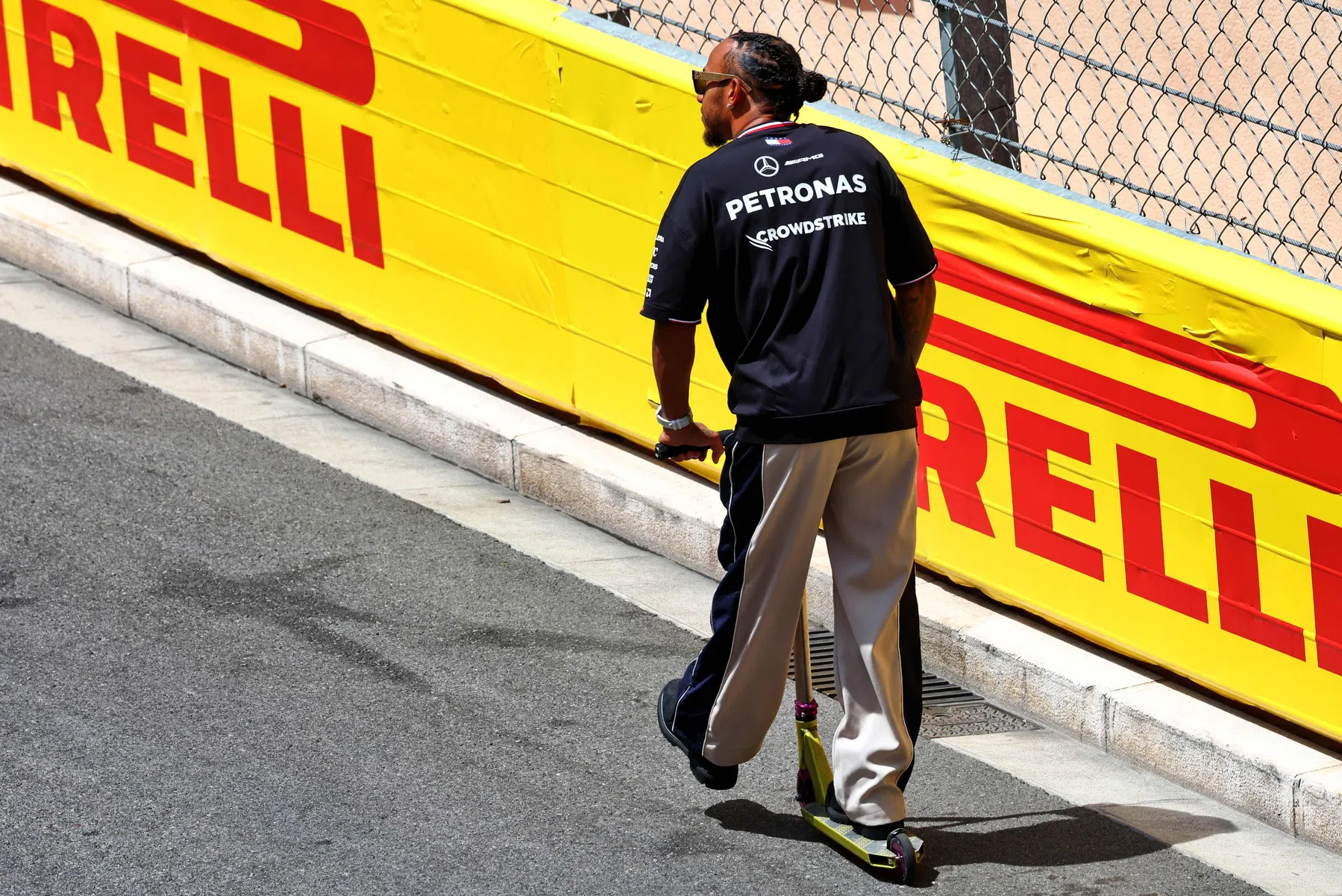Shovlin reacts to Hamilton's much-discussed undercut on Verstappen
F1 News

- Estéban den Toom
George Russell in fifth place and Lewis Hamilton in seventh is how Mercedes concluded the Monaco Grand Prix weekend. At the Monaco Grand Prix, Lewis Hamilton was not happy as he was not told over the team radio to push during his out-lap. Andrew Shovlin evaluates this situation after the weekend.
Shovlin: 'We thought Hamilton would overtake Verstappen'
There was a notable moment at the Monaco Grand Prix. Hamilton was not happy over the board radio because he was not told by his team that he should have pushed more in the out-lap. Shovlin explained that this was actually not the plan at all with the Englishman's pit stop.
"We never thought we would be able to undercut Max. We thought Lewis would then overtake Max, who doesn't stop. Max is on a used set of tyres; Lewis is on a new set of tyres and he can put pressure on Max. We didn't think it would really change the situation in the race, but in the unlikely event of George struggling to cross the finish line, it gave us a bit of steadiness," said the team's trackside engineering director.
"What didn't go well was that we hadn't told Lewis to go full out on that first lap," Shovlin continued. "Max actually had the gap to make the pit stop, so because he didn't go as hard as he could in the beginning, he was able to push behind George. He gained time on himself because he had the lead. He was able to make that stop and drive to the front. We unintentionally ended up with Max on a new set behind George, which was not ideal."
"We could have been a bit neater and we could have been a bit clearer with that coverage. But what would have happened is that we would have just had Lewis on fresh tyres, still able to drive that fastest lap, which was one of the considerations why we wanted to do that and to be able to put a bit of pressure on Max," Mercedes' technical chief concludes.
This article was written in collaboration with Ben Stevens.

